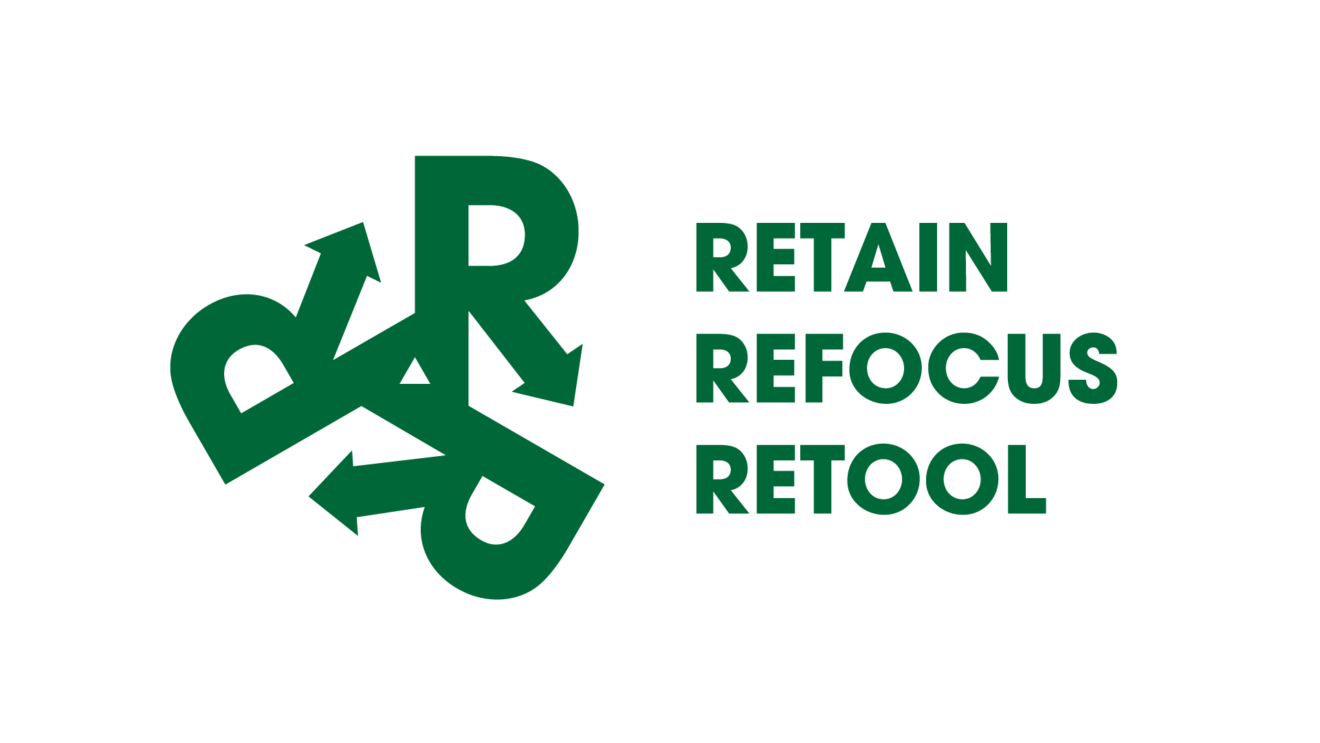Sign up for SmartBrief on Leadership today, free.
Have you noticed gas prices going up? Is your company having a hard time finding new employees? Are you paying more (and waiting longer) for parts? The experts say inflation may be upon us. If it isn’t yet it soon will be, given all the funny money the federal government has pumped into the economy. What then?
What then will be a new experience for most of us. I’m old enough to remember the stagflation of the 1970s, though I wasn’t yet in the workforce. Many of today’s businesspeople have never lived through inflationary times. We’ve had our challenges, from the dot-com bust to the economic shock of 9/11 to the Great Recession, but we haven’t seen clerks at Best Buy sticking one price tag on top of another before a television or refrigerator makes its way from the back of the store to the checkout line.
When the price of everything from supplies to salaries begins to shoot up, the old adage “Waste not, want not” will make a quick comeback. We’re all going to quickly turn our attention to ameliorating potentially crippling effects.
As a firm that advises companies on how to maintain momentum regardless of which way the economic winds are blowing, we’re anticipating the coming storm by taking a page from the ’70s-era slogan “Reduce-Reuse-Recycle.” Those are three pretty good ideas to begin with, and you might be inspired by a number of others, from “renegotiating” contracts to “rerouting” delivery drivers. But we’re starting with three Rs that pretty much apply to any business.
Try them on for size.
Retain
Good help is hard to find, an issue that’s being exacerbated by both demographic and economic trends. That increases the likelihood that better-heeled competitors are going to come after your best people. Money always talks, and as members of your staff are feeling the pinch of higher prices in their personal lives, they may be more willing to listen.
There’s nothing more costly in business than turnover, and regardless of how well you compensate your employees, you’ll likely pay more to replace than retain — to say nothing of the cost of recruitment and training. That doesn’t mean you should throw financial caution to the wind, but it does suggest that you pay more attention to the nonmonetary factors that play a role in people’s job satisfaction.
Initiatives such as taking steps to improve your corporate culture, making strategic investments in training and demonstrating personal interest in people’s careers will make your company more productive and efficient — and will make it stickier to your staff. You might even consider what a bonus structure suited to inflationary times would look like.
There’s never a bad time to step up your retention efforts, and you’ll be especially glad you did if and when competitors start dangling dollars before their eyes.
Refocus
A loss of focus is one of four common dynamics that our research shows plague companies in decline. Just as the tip of a pencil grows dull with use, organizations tend to naturally lose their edge. But external events can also cause distraction. Whether you start chasing business you shouldn’t, begin discounting to preserve the top line, or loosen payment terms at just the wrong time, a loss of focus can take many forms, none of them good.
By contrast, refocusing your company’s mission, model and/or value proposition to make its appeal more compelling is always a good thing to do, and it’s critical when you’re asking people to pay more for what you’ve got. Focus helps maintain margins, improves competitive differentiation and potentially even shortens the sales cycle.
When the numerator of your price/value equation starts heading up, your No. 1 objective should be to increase the denominator, as well.
Retool
Whether you’re selling blankets to beachgoers or molds to manufacturers, every company has some form of sales funnel into which it must draw a broad number of prospects, working them down toward the point of purchase. Imagine the power of making the funnel more like a pipe, requiring fewer prospects at the top to generate the same number of buyers at the bottom. Advances in digital strategy are making that increasingly possible.
If you can reduce marketing waste by spending fewer resources reaching people who can’t (or won’t) do business with you, you’ll win on two counts: One, by giving up the chase of unproductive prospects, and two, by doubling down on those that pay off. If you haven’t audited your go-to-market strategy in the past year or two, now is a good time to question old assumptions and explore new pathways.
Retain. Refocus. Retool. Three ideas that offer just a taste of what you can do in anticipation of inflation. There are more Rs where those came from, and you might want to start considering them. The last one you want to deal with is regret.
Resilient-R-Us: It may be a helpful exercise to consider the concepts below and how each might apply to your inflation-fighting strategy.
Each month, When Growth Stalls examines why businesses and brands struggle and how they can overcome their obstacles and resume growth. Steve McKee is the co-founder of McKee Wallwork + Co., a marketing advisory firm that specializes in turning around stalled, stuck and stale companies. The company was recognized by Advertising Age as 2015 and 2018 as Southwest Small Agency of the Year. McKee is also the author of “When Growth Stalls” and “Power Branding.”
SmartBrief offers more than 200 free newsletters, including SmartBrief on Leadership and Business Transformation SmartBrief.
